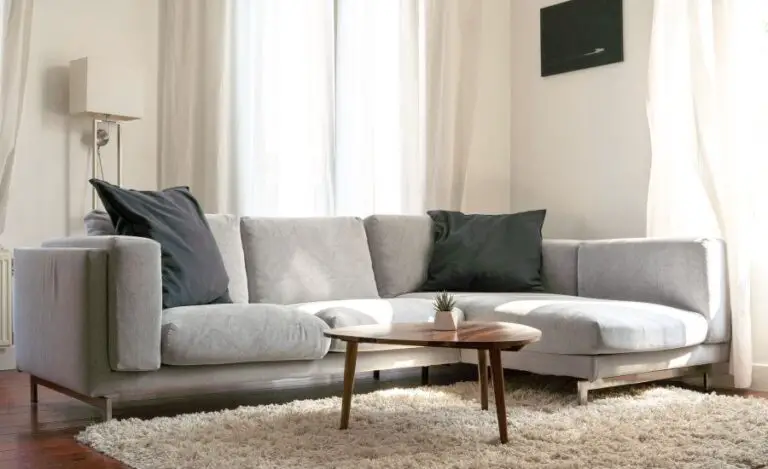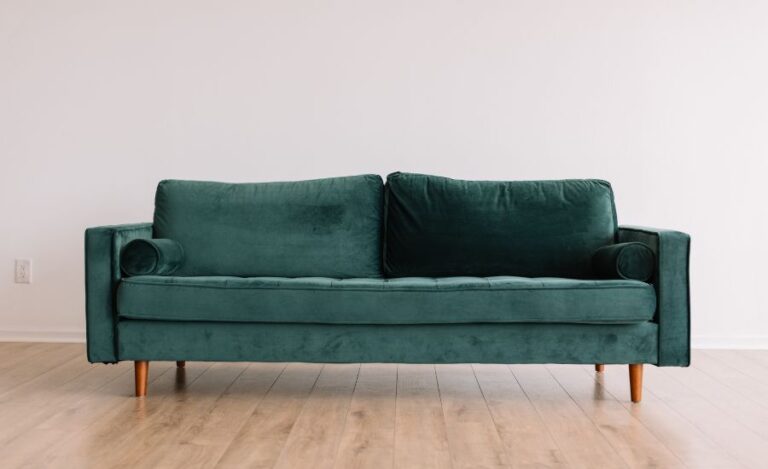How Do You Light A Room With A Lamp?
Any expert designer will tell you that lighting is necessary when curating a dream home. My opinion on this is second to none.
If you’re tempted to spend some additional time picking artwork or paintings for your walls, remember that lighting also can drastically change your space by brightening gray areas and influencing your emotions.
For that, you must first consider the appropriate wattage to light your room. The size of the room is yet another factor in how much light it needs. Choosing a light source with too low a wattage will not provide enough light. Moreover, it may even cast shadows on your walls, making things worse.
Similarly, If you choose one that has too high of a wattage, your room could become uncomfortably bright. It could even cause you headaches.
Now you can understand that lighting your room with a lamp can be pretty challenging. But it can also be a lot of fun too! It is a creative way to add warmth and ambiance to any space.
Here are some guidelines you should consider while creating a well-lighted space.
Mix It Up
When it comes to lighting a room with a lamp, it’s important to mix it up. This means combining floor, table, and wall sconces to create a layered lighting effect. It will not only provide a more balanced and even light distribution throughout the room. But it will also add visual interest and depth.
Go Bright in the Kitchen
If you’re lighting a kitchen with a lamp, go straight up bright. This is because the kitchen is typically a space where you cut your veggies, skim your meat, and cook. So you’ll want to ensure plenty of light to see what you’re doing.
A bright floor lamp in the kitchen corner, combined with well-placed under-cabinet lighting, can provide plenty of task lighting while creating a cozy and inviting atmosphere.
Consider a Room’s Orientation
When choosing lamps for a room, it’s crucial to consider your room’s orientation. If the room faces north, for example, it will likely receive less natural light. Also, it will require more lighting to help you achieve a bright and airy feel.
In this case, you may opt for brighter, higher-wattage bulbs in your lamps to compensate for the lack of natural light.
Light Up the Corners
One of the best ways to light a room with a lamp is to focus on the corners. Let’s admit it, corners are often dark and neglected spaces. But you can transform into cozy and inviting areas with the right lighting.
For example, a floor lamp in the corner of a living room can create a comfy reading nook. Whereas, a wall sconce in the corner of a bedroom can provide soft and soothing ambient lighting.
Don’t Overdo the Overheads
While overhead lighting can provide general illumination, it’s important to do just what is necessary. Overhead lighting can often be harsh and unflattering. So, it’s best to use it in moderation and supplement it with other forms of lighting, such as beloved lamps.
Play With Ambience
When lighting a room with a lamp, play around with the ambiance. This means choosing lamps that provide soft, warm, and inviting light rather than harsh, clinical light.
For example, a floor lamp with a warm, incandescent bulb will provide a cozy and inviting light, while a cool, fluorescent bulb will create a more clinical and sterile feel.
Don’t Forget the Details
When lighting a room with a lamp, attention to the details is the key. This means considering things like the height of the lamp relative to the furniture, the placement of the lamp relative to the room’s focal points, and the type of bulb used in the lamp. All of these details can have a big impact on the overall lighting effect of the room.
What About Bathroom Lights?
In your bathroom, lighting is crucial for applying makeup and shaving. Consider using a combination of overhead lighting, wall sconces, and a vanity light above the mirror to create a well-lit space.
Be Choosy About Your Bulbs
When choosing bulbs for your lamps, be choosy. This means choosing the right bulb for the intended purpose, such as a warm, incandescent bulb for a cozy reading nook or a cool, fluorescent bulb for task lighting in the kitchen.
It’s also important to choose the right wattage for the lamp, as a bulb that’s too bright or too dim can affect the overall lighting effect of the room.
Consider various color options.
A lamp’s color can add interest and create a mood. You can choose from any color you like or use a combination of colors to create your unique style in your home.
If you want something more subtle, try using white lamps that match other features in the room (like decor) or even black ones if you want an accent that seems more modern than traditional.
If you are looking for something more modern, there are many lampshades to pick from. Try a black lamp with an interesting pattern or design. They can add a touch of style and personality to any room.
Moreover, There are also plenty of other materials and colors available if you want something different than the standard white lampshade.
Quick Tips
Here are some additional quick tips to consider while lighting a room with a lamp:
- Use multiple lamps in a large room to create a balanced lighting effect.
- Consider the color temperature of the bulb.
- To control the intensity of the light, use dimmer switches.
- Consider the direction of the light.
- Use a combination of both to create a well-balanced lighting effect in the room.
- Use decorative shades to add a touch of style to the lamp.
- Consider the height of the lamp.
- Use a lamp with multiple light sources to provide more flexibility.
In Conclusion
Using a lamp to light a room is a simple and efficient approach to give warmth and atmosphere to the area. Create a well-balanced and fashionable lighting effect in the room by selecting the proper sort of lamp, positioning it in the right place, and selecting the right bulb.
With a little effort, you can create a well-lit and attractive atmosphere suitable for every room in your house.



